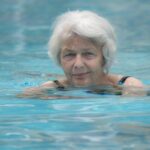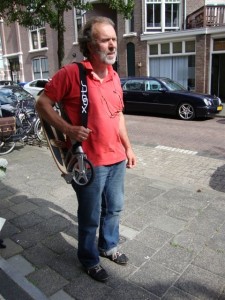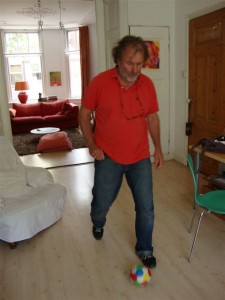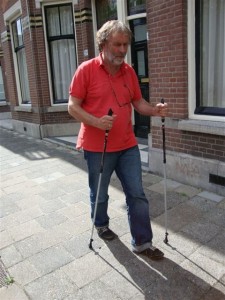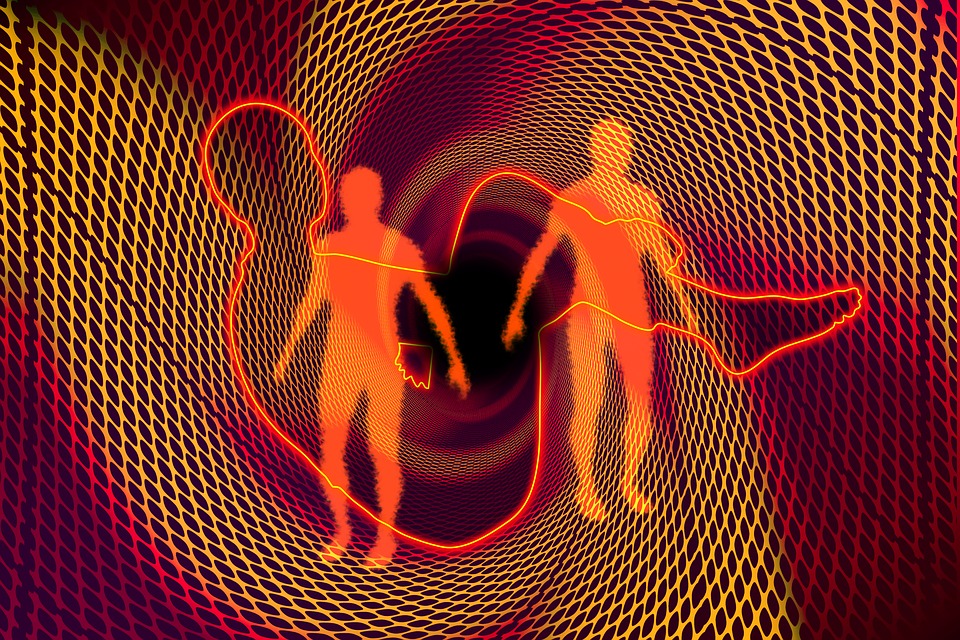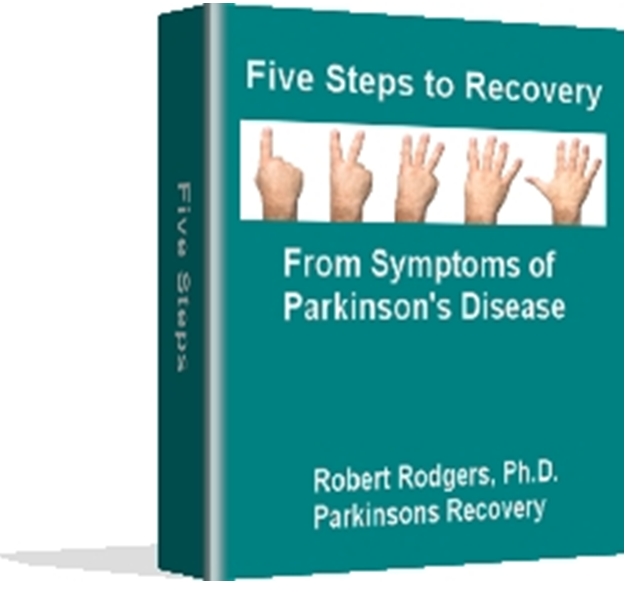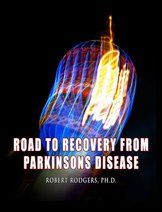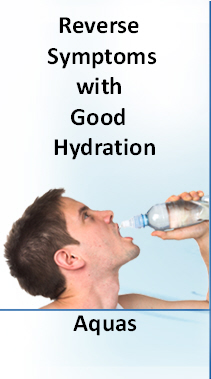Angela is my guest on the radio show this week. As you can ascertain from her story below, she has had a fascinating journey on the road to recovery.
Angela’s History
Work as a freelance professional engineer in the pulp and paper industry. Based near Vancouver BC but work mainly overseas, particularly in Chile and in New Zealand.
In 2009, I won the Beloit Prize, the highest honour for engineering in the pulp and paper industry.
Have had previous training as a therapist in Hakomi body centered psychotherapy.
Was a trainer in “Living Love” method as described by Ken Keyes Junior in his book “The Power of Unconditional Love” and others. Ken taught that true happiness is uncaused, that no one or nothing is ever made us upset are unhappy. This is really good news since I realized I could change myself whereas it is impossible to change anyone else.
Living Love has really helped me with my PD. I don’t have to demand that I not have it, with all the attendant negative emotions. I can prefer to be PD free and work to that goal without negativity.
For many years, was an adept meditator. Spent much of my spare time on the spiritual journey visiting spiritual communities around the world.
My hobby and passion is fine wine. I am a past president of the American Wine Society. I know that many people with PD have lost their ability to smell but I still have mine. The result of long, intense training?
My outlook on life is decidedly optimistic. I am a “reverse paranoid” as I believe that everyone is out there to make me happy!
2006
First symptoms 2006 at age 59: cramped handwriting and frozen right shoulder.
Over the years my handwriting has remained cramped but my right shoulder has thawed. The tremor in my right hand has increased from virtually nothing in 2006 to intermittently bothersome in 2010.
Saw a neurologist in December 2006. Possible Parkinson’s. I rejected this out of hand as it was obvious that I have a “pinched nerve”.
Part of me still wants to believe the pinched nerve theory.
2007
Went for a second opinion. Saw another neurologist in May 2007. Diagnosis: idiopathic Parkinson’s disease. This was a terrible moment in my life as the urologist was almost gleeful when he told me what I had, as if he had solved some great mystery. I felt like I had been shot with a cannon.
On the recommendation of my neurologist, I started on Mirapex, a dopamine agonist. Dreadful side effects: somnolence, insomnia, nausea. Just about everything except compulsive gambling. I stopped taking Mirapex after four weeks and vowed to never again take a Parkinson’s medication.
It is as if the Mirapex put a “hole” in my brain. It took over three years for this to be repaired. I would classify Mirapex is a neurotoxin.
Desired third opinion. Had a PET scan at the Inglewood imaging center in LA. Supported diagnosis of idiopathic Parkinson’s disease. Finally accepted that I had PD and decided to defy rather than deny it.
Having read that exercise is the “best medicine” for PD decided to get serious about it. Started running. Started going to the gym. Hired a personal trainer. Within four months I had lost nearly 50 pounds and became a lean, not-so-mean, fighting machine.
I exercise regimen at the gym typically consists of 30 min. of cardio (upright bike), 30 min. on the weights, and 30 min. of stretching.
My personal trainer concentrates on keeping all of my muscle groups functional. She also includes many balance exercises. Balance on my right leg is not as good as on my left but at least I still have it.
I regained use of right shoulder by numerous injections of prolotherapy, although my right arm remained significantly impaired.
Prolotherapy is merely the injection of dextrose into the tendons. This irritates the tendon and stimulates blood flow to the area. It really hurts! But after two months I could raise my arm that was formerly just hanging at my side.
I was introduced to kickboxing by my personal trainer. Found that I enjoyed it very much.
They usually have 2×30 min. sessions of kickboxing a week. Kickboxing also feels good and I believe it is the cyclic vibrations from alternating job-crosses, right hooks-left hooks, right kicks-left kicks, that keep my movements stabilized. I particularly like hitting a dummy that I have named “Mr. Parkinson”.
On the recommendation of a friend, I started playing tennis again (I had to stop due to my frozen shoulder) using my left arm instead of my right. Soon after, however, I regained the use of my right arm. Now, I have two forehands and a left-handed serve.
I now visit Florida for two months each year where I engage a tennis coach every other day to put me through my paces. When I am on the court, I can run like the wind, and have no problems moving sideways or forwards or backwards or running. As soon as I leave the court, my PD symptoms return. I wish I could play tennis 24/7.
2008
Saw Jon Stossel, Canada’s top PD researcher at the University of British Columbia. With him, I feel that I am being provided with the best service available from standard Western medicine.
I see Jon Stossel once a year.
Became a patient of ND Caleb Ng of Mountainview Wellness Center in Surrey BC. Introduced to protocol of Dr. David Perlmutter, the “renegade neurologist”. Embraced Perlmutter’s protocol of supplements for neuroprotection of Parkinson’s patients. This included co-enzyme Q10, omega-3, B-complex, N-acetyl cysteine, alpha lipoic acid, phosphatidylserine, and others.
I have been taking intravenous glutathione once or twice-weekly. I began with 1400 mg but am now taking 2500 mg each time. Quite frankly, I have never noticed any of the miraculous improvements shown in Perlmutter’s videos.
Caleb also started me on chelation therapy as urinalysis revealed high contents of lead and mercury. I had about a dozen sessions but then have stopped. I understand that dozens of sessions are necessary for any improvement to be realized.
2009
While visiting my Hakomi teacher in Ashland, Oregon, I found out about the Center for Natural Healing in Ashland where herbalist Donnie Yance had a botanical protocol for PD. In late July, 2009, I commenced his protocol for botanicals and supplements. Botanicals included Mucuna pruriens, Withania somnifera, turmeric, and others. Additional supplements included vitamin D3, zinc, selenium, and others.
After one year on the Donnie Yance botanical protocol, I decided to stop taking Mucuna and NADH as neither of these appear to offer any therapeutic benefit whatsoever.
I am about to start using henbane, a botanical anticholinergic, in an attempt to reduce the tremors. The grand experiment is yet to begin however.
In June, 2009, I became a member of PatientsLikeMe.com (patient name: Dawn Angel). I also joined 23andMe.com where I learned that I did not have the LRRK gene for Parkinson’s.
In September, 2009, I visited John Coleman in Australia. The recommended that I go on a strict diet: gluten-free, dairy-free, coffee-free, sugar-free, peanut-free, cashew-free, and so on. He also recommended that a begin taking the Aquas. For therapy, he recommended Bowen.
I have recently stopped taking the Aquas as I have never noticed any benefit from it.
I had several sessions of Bowen therapy. Very relaxing. Not as effective as IMS (see below).
While working in New Zealand, I found a very good osteopath who was able to effect incredible improvement in my tremors.
Osteopathy is mostly hands-free bodywork. I have no idea how or why it works, but it does.
In December, 2009, I attended Robert Rodger’s “Jump Start to Wellness” in Olympia Washington. This is where I first learned that there were other people interested in getting well.
2010
A check of my free cortisol rhythm revealed that my cortisol levels were very low throughout the day. This is characteristic of “adrenal fatigue”. The only problem was, I remained high-energy and was not fatigued in the least, however, I began taking the supplement called “Adrenal Support”.
In January and February of 2010 I had a 10-session course of Hellerwork, a form of myofascial release. Very good.
Hellerwork is closely related to Rolfing. Over the 10 sessions my practitioner literally massaged all the fascia of my body. It felt great to have stiffened muscles worked upon. I return for an occasional tune-up.
I found a practitioner of intramuscular stimulation (IMS), who has been able to read awaken muscles that had become shortened due to disuse. This has been the most effective therapy of all for me.
IMS involves needling as in acupuncture but the needles are applied to the tendons instead of to fictional meridians. The benefits of IMS are immediate and last for at least several days. I see my physiotherapist weekly.
Despite improvements in my mobility and strength, the tremors in my right hand had become noticeably worse, especially when I visit either an M.D. or a neurologist. The tremors would go away as soon as they left their offices. This is clearly a manifestation of “white coat syndrome”.
I revisited John Coleman in May, 2010. He commented that tremors were the last symptom to go away for him.
After hearing about the possible benefits of neurofeedback for PD, I had a EEG done and found that my dorsolateral prefrontal cortex was not producing theta waves. I have since had six sessions of neurofeedback and have noticed improvement.
In a session, an electrode is applied to my scalp in the location of the dorsolateral prefrontal cortex. I listened to soothing sounds through headphones. When that part of my brain is active I hear the sounds. When it is in active, I hear only static. The reward is the sound and the brain actively creates the ability to hear the sound without intervention on my part.
I purchased a small unit for cranial electrostimulation (CES). This applies a very small current through my head by means of electrodes clamped to my earlobes. I find it very relaxing; indeed, it is a form of meditation. Since my diagnosis with PD, meditation has not come easy to me.
In October, 2010, I visited France where I completely abandoned my dietary protocol and gorged myself on foie gras, croissant’s, baguettes, rich cheeses, exotic desserts, café au lait, and other forbidden foods. After one week I felt better than I have in three years. Go figure, who would’ve thought there was such a thing as the “French Cure”! Vive la hedonism!
Angela
